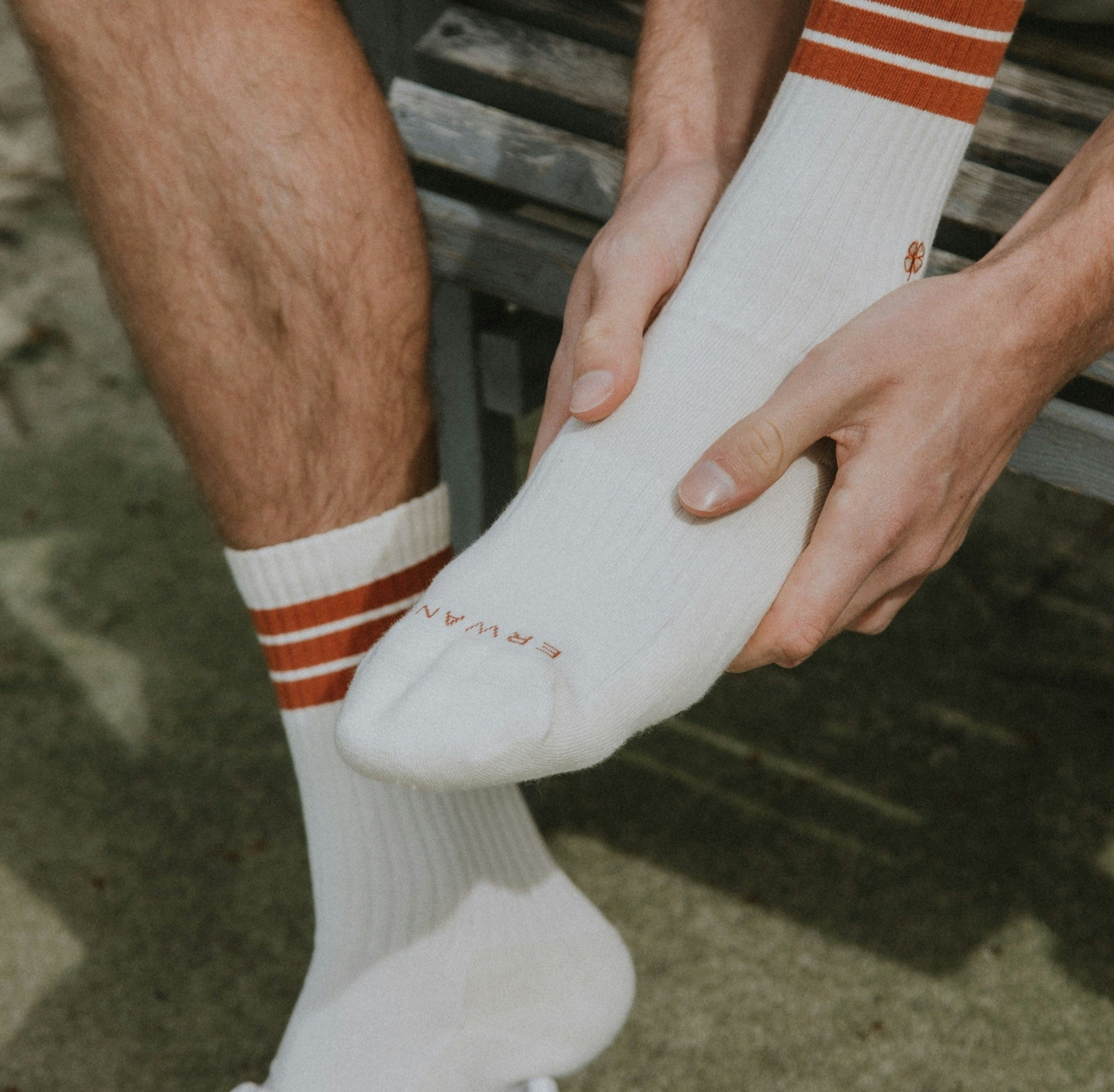EXERCISE STRATEGIES FOR ARTHRITIS.
Don’t let arthritis stop you from doing the things you love. Take control of it now.
Exercise Strategies for People with Arthritis
Living with arthritis can make physical activity challenging, but regular movement is one of the best ways to manage pain, reduce stiffness, and improve quality of life. At JY Exercise Physiology, I help clients with arthritis stay active through safe, effective, and personalised exercise programs. With the right approach, you can reduce joint discomfort and improve your daily function.
Understanding Arthritis and Movement
Arthritis is a broad term that covers over 100 conditions affecting the joints, including osteoarthritis, rheumatoid arthritis, and psoriatic arthritis. These conditions often lead to joint pain, inflammation, reduced range of motion, and fatigue. While it may seem counterintuitive, avoiding movement can actually worsen symptoms over time. Regular, low-impact exercise can help maintain joint flexibility, strengthen supporting muscles, and promote overall wellbeing.
Benefits of Exercise for Arthritis
Reduced Joint Pain: Strengthening muscles around affected joints helps ease pressure and discomfort.
Improved Flexibility and Range of Motion: Gentle movement keeps joints functioning more freely.
Better Muscle Strength: Supporting the joints with strong muscles improves stability.
Improved Balance and Coordination: Reduces the risk of falls and injury.
Increased Energy and Mood: Exercise helps combat fatigue and boost mental wellbeing.
Best Types of Exercise for Arthritis
A combination of exercise types often works best. Here are the most recommended approaches:
1. Aerobic (Cardio) Exercise
Walking, cycling, or swimming helps increase heart rate without stressing the joints.
Aim for 20–30 minutes of moderate aerobic activity most days of the week.
2. Strength Training
Light resistance training builds muscle to support joints.
Use resistance bands, bodyweight exercises, or light free weights.
Train major muscle groups 2–3 times per week.
3. Flexibility and Stretching
Daily stretching helps reduce stiffness and maintain range of motion.
Yoga or tai chi are gentle ways to stay mobile.
4. Balance Exercises
Simple activities like standing on one foot or heel-to-toe walking improve stability.
Reduce falls risk.
Tips for Exercising with Arthritis
Start Slow: Begin with shorter sessions and gradually build up.
Warm Up and Cool Down: Prepare joints and muscles with gentle movement.
Choose Low-Impact Activities: Swimming or cycling are easy on the joints.
Use Proper Footwear and Equipment: Cushioned shoes and supportive tools reduce strain.
Modify Movements: Avoid positions that cause pain or increase inflammation.
Track Pain and Fatigue: Monitor your body’s response and adapt your routine.
Exercise Regularly: Aim for consistency rather than intensity.
When to Seek Professional Help
Working with an Accredited Exercise Physiologist ensures your program is safe, targeted, and suitable for your condition. At JY Exercise Physiology, I work with you to:
Identify safe, enjoyable exercises
Modify workouts to reduce joint stress
Build strength and mobility at your pace
Support your goals for independence and activity
We collaborate with GPs, physiotherapists, and specialists to ensure coordinated care for clients with arthritis.
Exercise With Confidence
Exercise doesn't have to hurt to help. With the right strategies and support, people with arthritis can move more comfortably and confidently. At JY Exercise Physiology is here to guide you every step of the way.
Contact me today to start your journey.
Located in Upper Mount Gravatt and speak with an Accredited Exercise Physiologist now to discuss how I can facilitate your needs.
Feel free to explore our other blogs to learn more and gain additional insights.
Call +61 421 967 711

